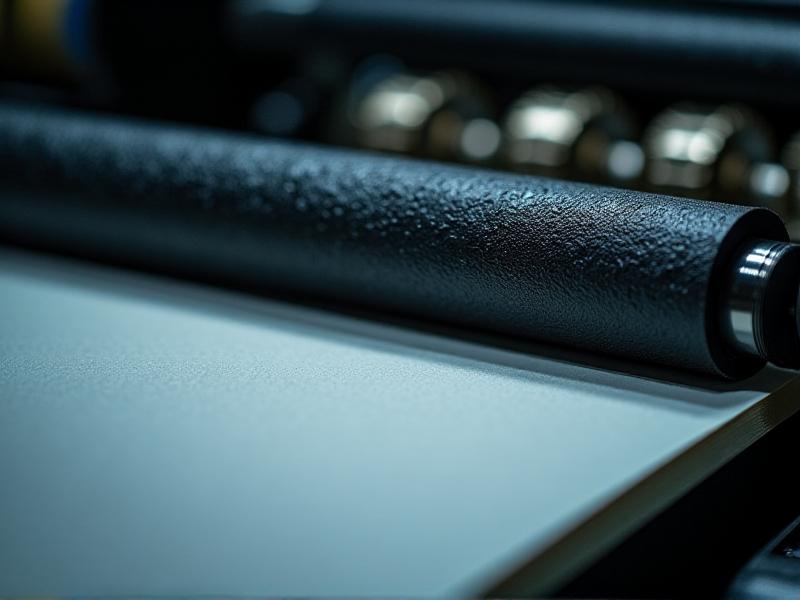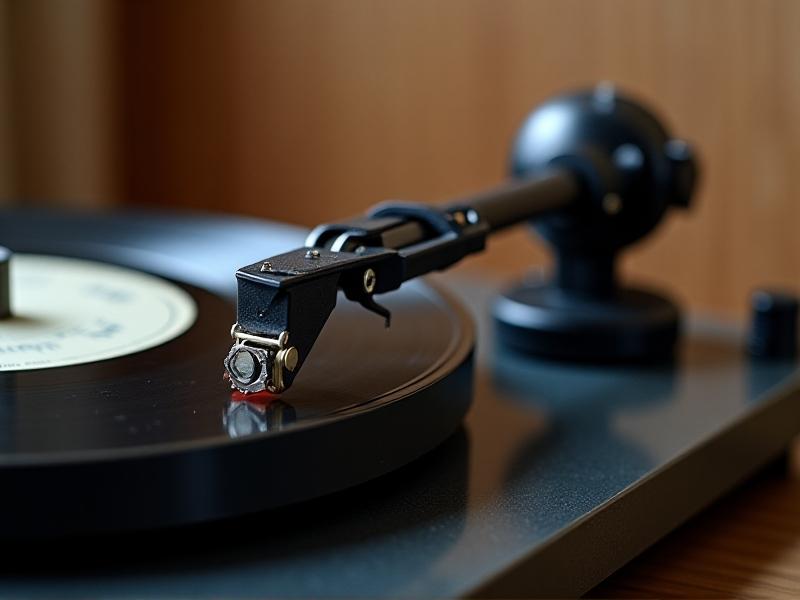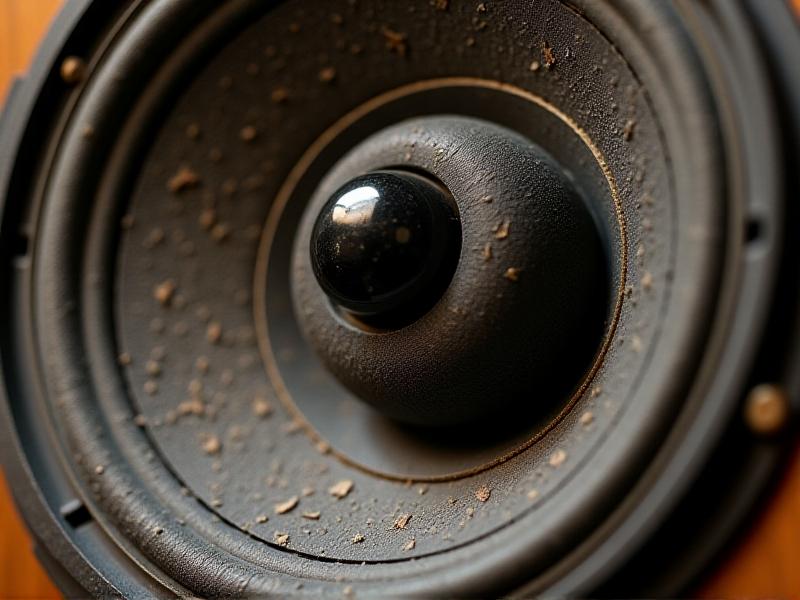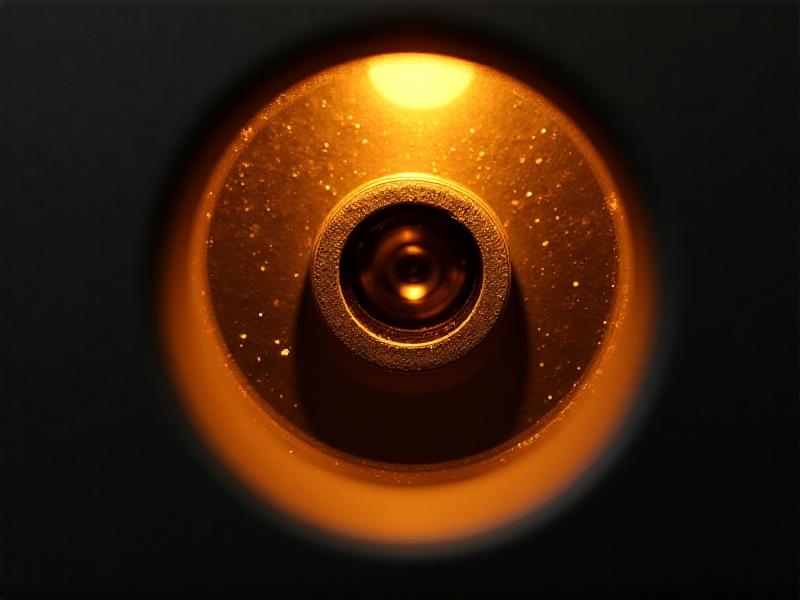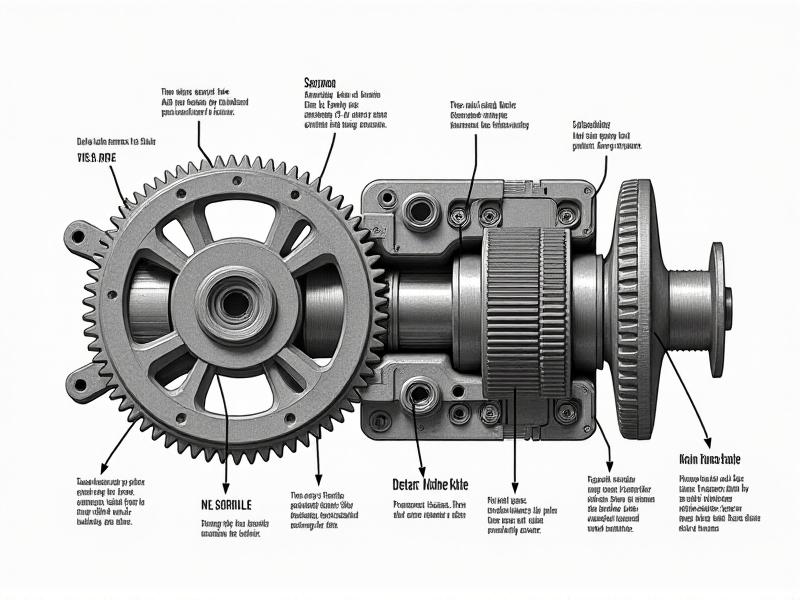Multi-Cell Horn Alignment Procedures
Understanding Multi-Cell Horn Systems and Their Components

Multi-cell horn systems are critical in applications like satellite communications, radar, and radio astronomy. These antennas consist of multiple horn cells arranged in a grid, each functioning as a waveguide to direct electromagnetic waves. The alignment of these cells ensures coherent signal transmission and reception, which is vital for maintaining phase coherence and minimizing interference. A typical multi-cell horn includes components such as feed networks, reflectors, and phase shifters, all of which rely on precise mechanical and electrical calibration.
The Critical Role of Precision in Horn Alignment

Even minor misalignment in multi-cell horns can degrade signal quality, leading to beam distortion or sidelobe interference. Precision alignment ensures that each horn cell operates in phase, optimizing gain and directivity. For example, in satellite communication, a deviation of just 0.1 degrees can cause signal loss over long distances. Modern systems often demand micrometer-level accuracy, requiring advanced tools and methodologies to achieve consistent results across varying environmental conditions.
Step-by-Step Alignment Procedures for Optimal Performance
The alignment process begins with mechanical calibration using laser theodolites to ensure physical alignment. Next, electrical testing measures phase and amplitude discrepancies between cells. Iterative adjustments follow, often guided by software that simulates signal patterns. Final verification involves field testing under operational conditions to confirm uniformity. For instance, phased-array radars may require real-time adjustments to maintain beam steering accuracy, highlighting the need for robust alignment protocols.
Essential Tools and Technologies for Accurate Alignment
Key tools include laser alignment systems for geometric precision, vector network analyzers to assess electrical performance, and phased-array probes for near-field testing. Software plays an equally important role; electromagnetic simulation platforms like HFSS or CST Studio Suite model alignment outcomes before physical adjustments. Emerging technologies, such as AI-driven diagnostic tools, are now capable of predicting alignment drift by analyzing historical performance data, reducing manual intervention.
Overcoming Environmental and Mechanical Challenges
Environmental factors like temperature fluctuations and mechanical stresses from wind or vibration pose significant challenges. Thermal expansion can warp mounting structures, necessitating materials with low coefficients of thermal expansion, such as invar. Vibration damping systems and real-time monitoring via strain gauges help mitigate mechanical instability. Case studies in coastal radar installations demonstrate how humidity-resistant coatings and dynamic alignment algorithms preserve performance in harsh climates.
Future Trends: Automation and Adaptive Alignment Systems

The future of horn alignment lies in automation. Robotic systems with machine vision can execute micron-level adjustments autonomously, while AI algorithms optimize alignment parameters based on real-time data. Adaptive systems using piezoelectric actuators enable instant corrections, crucial for mobile platforms like airborne radars. Researchers are also exploring quantum-locked components to achieve unprecedented stability, potentially revolutionizing deep-space communication arrays.
